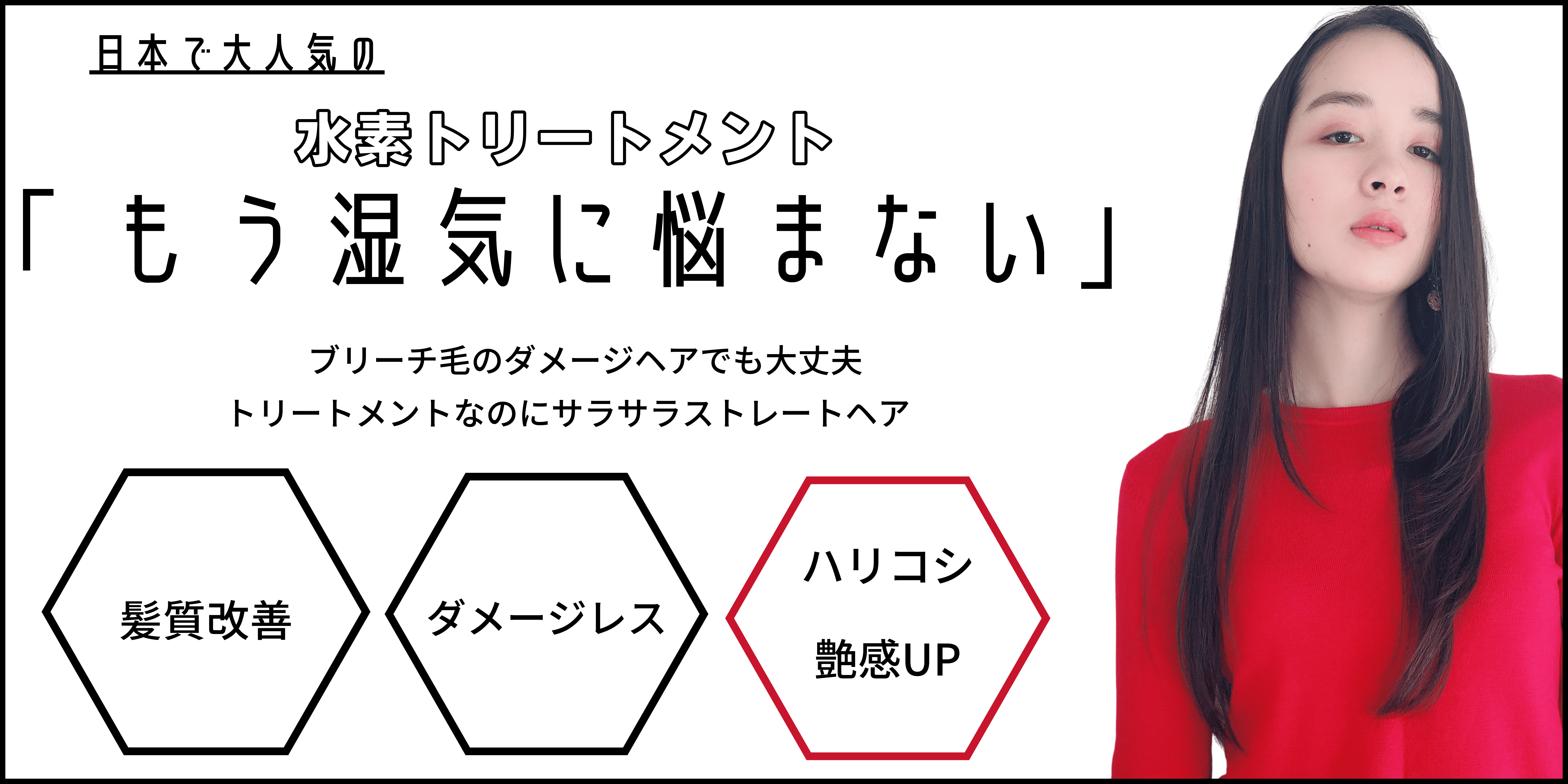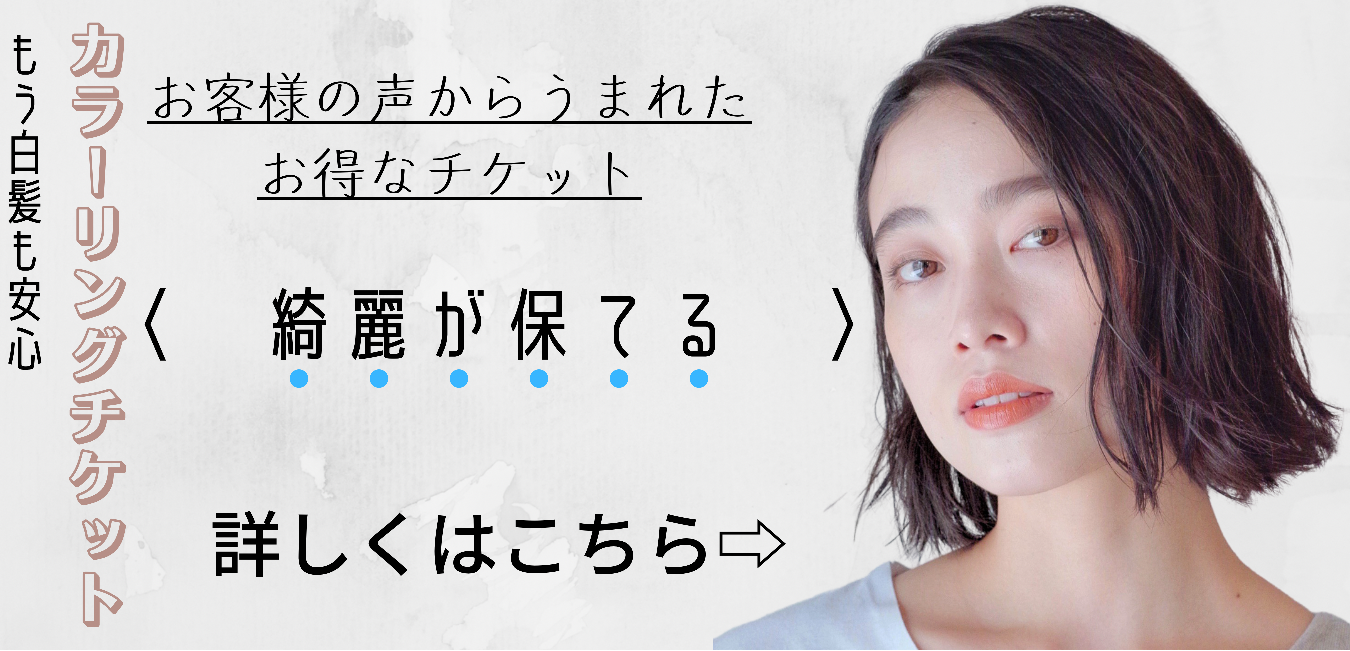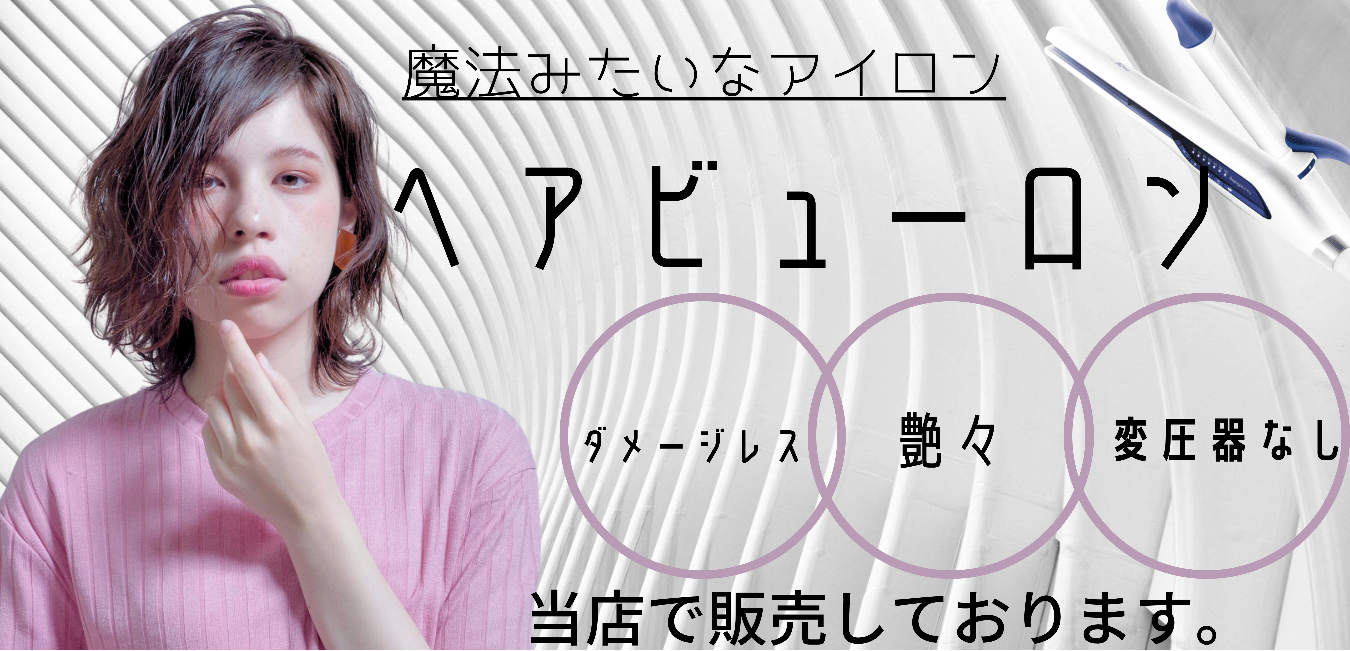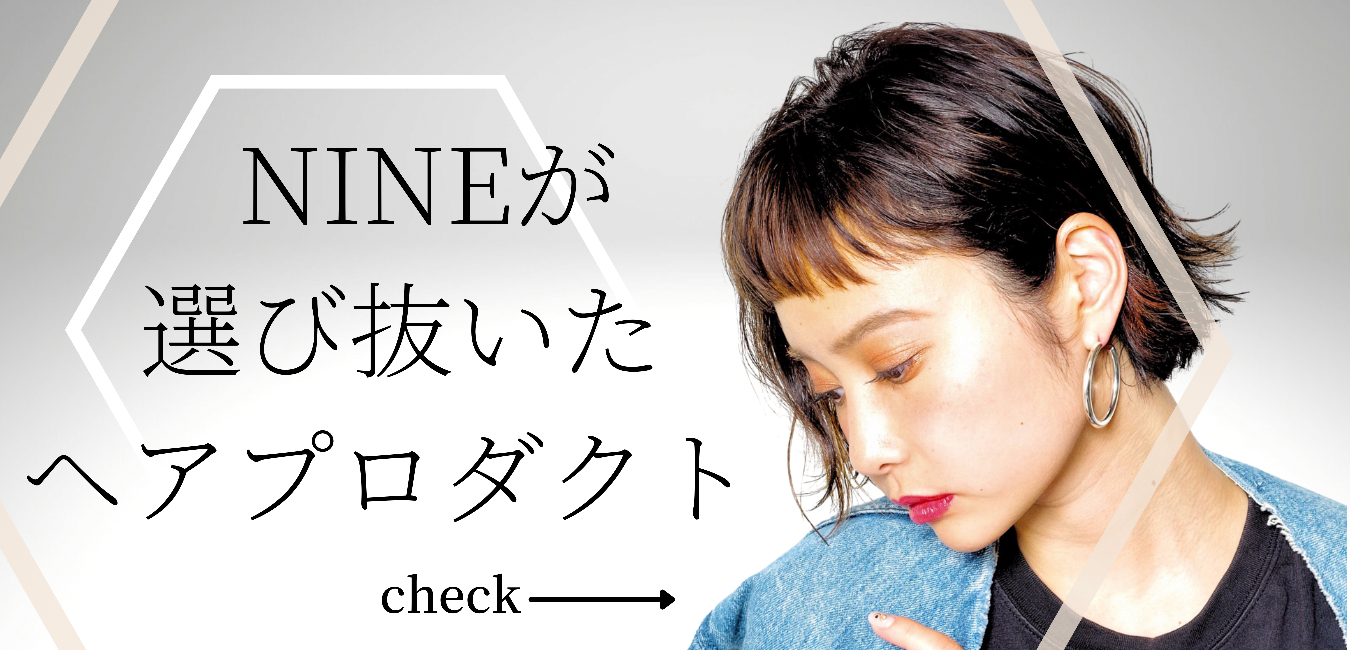
Did you know that skin oil (sebum) plays an important role for the skin and scalp? This month’s topic is an introduction to “neither too much nor too little sebum.
Function of Sebum
Sebum is a thin film formed on the surface of the skin from a mixture of sweat and fat. Sebum makes the skin look smooth and shiny and prevents moisture from evaporating unnecessarily. Fatty acids, a component of sebum, prevent bacterial infections, and “provitamin D” produces vitamin D when exposed to ultraviolet light. Without this film of sebum, the moisturizing function would deteriorate and the skin would become flaky, making it indispensable.
The most sebaceous glands were on the head.
Did you know?
Of all the parts of the body, the head has the most sebaceous glands that produce sebum! Therefore, if sebum is produced too actively for some reason, it is more noticeable than in other parts of the body, sometimes leading to thinning of hair and hair loss.
So, how can you determine if you have excessive sebum on your scalp?
If you wash your face carefully in the morning, but by noon your nose area is sticky, you have excessive sebum secretion. The scalp, which has more sebaceous glands than the face, may be even stickier.
How does it affect my hair?
Excess sebum becomes lipid peroxide. This is a substance that causes the production of large amounts of active oxygen, which can hinder hair growth.
If a particularly oily person goes for days without washing his or her hair, excess sebum can accumulate and cause a red rash on the scalp. This condition is called seborrheic eczema (seborrheic dermatitis).
Excessive sebum removal is also a no-no.
As mentioned at the beginning of this article, sebum has an important role to play and should not be excessively removed. This is because if the amount of sebum is reduced below a certain level, the body will try to produce even more sebum to compensate.
A healthy hair life requires proper diet and care. It would be good if we could review our lifestyle and get along well with sebum.











